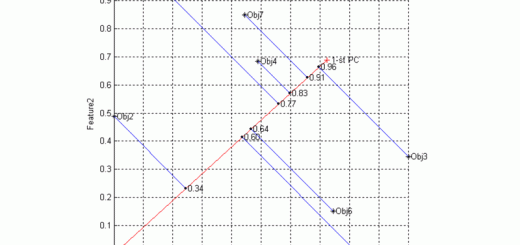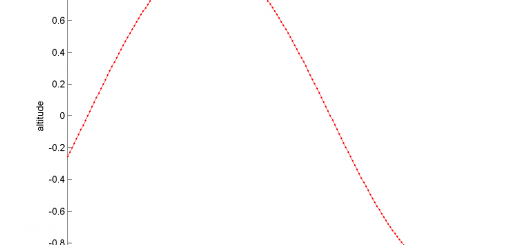The target function for optimization in regression analysis usually requires additional parameters and must be placed apart from the main module. It is convenient to have several target functions and use them in turn.
Contents
Load data from file
fname = 'demo_target_function.csv'; DATA = dlmread(fname,','); y = DATA(:,1); x = DATA(:,2:end); %plot(x);
Tune a linear regression model using a common optimization algorithm
w0 = 0.1*ones(10,1); % parameters w1 = 0.1*rand(10,1); % additional parameters lambda =1; % regularization parameter % run the optimization algorithm w = fminunc(@target_function,w0,[],x,y);
Warning: Gradient must be provided for trust-region method; using line-search method instead. Optimization terminated: relative infinity-norm of gradient less than options.TolFun.
Plot the results
h = figure; hold on plot([1:length(y)],y,'r-'); plot([1:length(y)],x*w,'b-'); legend('Raw data','Regression'); xlabel('x'); ylabel('y'); % saveas(h,'demo_target_function_01','png') close(h);

The target function example
% function err = target(w,x,y,lambda,w1) % Target function for a demo optimization problem % % err = target(w,x,y,lambda,w1) % % w [1,W] parameter vector to be optimized % x [N,1] independent variable of the regression model % y [N,1] dependent variable % lambda [scalar] regularization parameter (optional) % % num = nargin; % if num == 5 % regul = lambda* sumsqr(w-w1); % else % regul = 0; % end % err = sumsqr(y-x*w) + regul; % return %
download demo_target_function.m
% this file: demo_target_function


